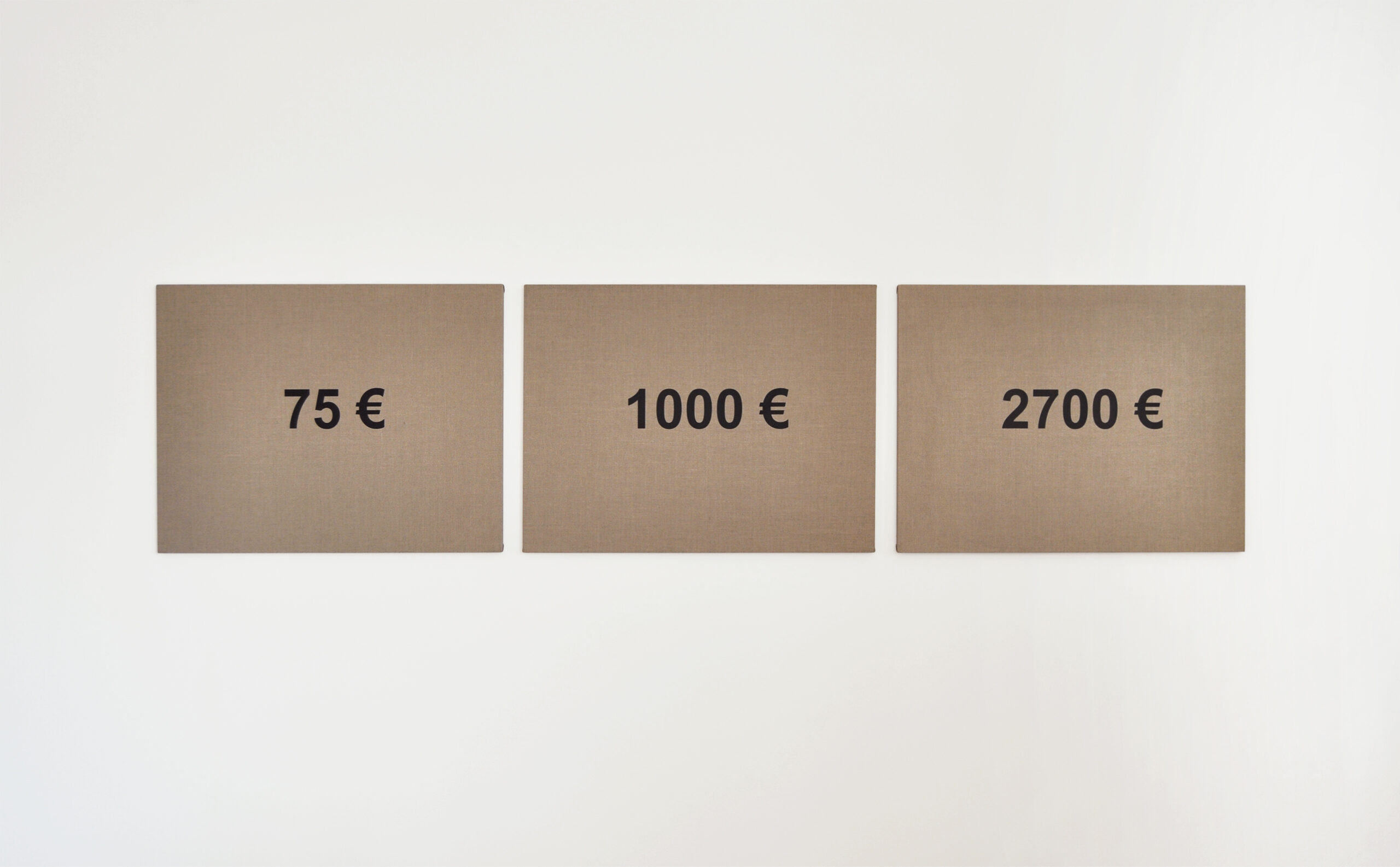
Acrylic on linen canvas mounted on wood
Spring 2010
Overall dimensions: 60 x 250 x 2,4 cm
Single panel dimensions: 3x (60 x 80 x 2,4 cm)


Acrylic on linen canvas mounted on wood
Spring 2010
Overall dimensions: 60 x 250 x 2,4 cm
Single panel dimensions: 3x (60 x 80 x 2,4 cm)
